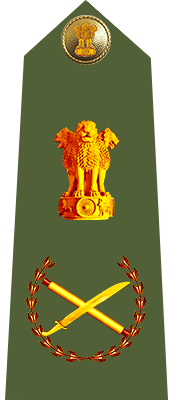Key information
India, along with North Korea and Israel, is one of the world’s second top three countries in terms of military capabilities (Russia, China and the US are in the top three). The Indian Armed Forces (AF) have a high level of combat and moral-psychological training, although they are recruited through recruitment. Like Pakistan, India’s huge population and complex ethnic and religious situation make conscription impossible.
The country is the most important arms importer from Russia and has close military-technical cooperation with France, the UK, Israel and the US. However, cooperation in the military-technical sphere with the United States is sagging due to the reluctance of the Americans to share their technology with India and the inability to export certain military products of interest to India. Therefore, for a long time Delhi has preferred military-technical cooperation with Moscow.

According to the respected Stockholm International Peace Research Institute (SIPRI), in 2014. India purchased $4.243 billion worth of arms, including $2.146 billion from Russia and $1.138 billion from the US.
India has a huge indigenous military-industrial complex, which theoretically is capable of producing armaments and equipment of all classes, including nuclear weapons and their means of delivery. However, weapons developed in India itself (the Arjun tank, Tejas fighter jet, Dhruv helicopter, etc.) tend to have very poor technical and tactical characteristics, and they have been under development for decades. The quality of assembly of vehicles under foreign licences is often poor, and because of this the Indian Air Force has the highest accident rate in the world. Nowhere else in the world is the military hardware so «hodgepodge» of different types, different productions, modern models next to each other and outright obsolete models as in India. Nevertheless, India has every reason to claim the title of one of the world’s superpowers in the 21st century.
Below you can read detailed information on ranks in the Indian Army.
Military ranks of the Indian Army
Lance Corporal (Lance Naik):

Corporal:

Sergeant (Havildar):

Staff Sergeant:

Company Sergeant Major:

Regimental Master Sergeant:

Regimental Sergeant Major:

Junior officers in India. Originally, these were officers from the lower ranks of the colonial army to act as commanders among the local troops on behalf of the British command. In the modern Indian Army, these officers serve as warrant officers, similar to warrant officers and midshipmen in other armies.
Naib-risaldar in the cavalry and tank forces and naib-subedar in the infantry. Corresponds to second lieutenant.
Risaldar and Subedar respectively. Corresponds to First Lieutenant.
Risaldar Major and Subedar Major. Equivalent to Captain.
Second Lieutenant:

First Lieutenant:

Captain:
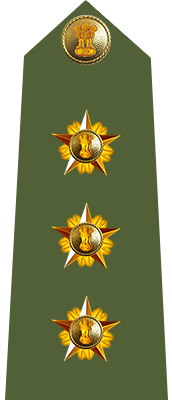
Major:

Lieutenant-Colonel:

Colonel:

Brigadier:
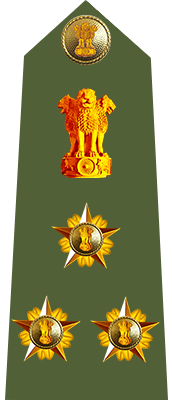
Major General:
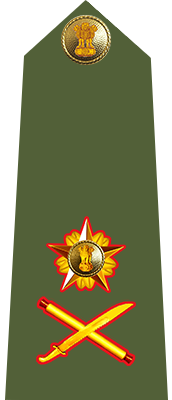
Lieutenant General:
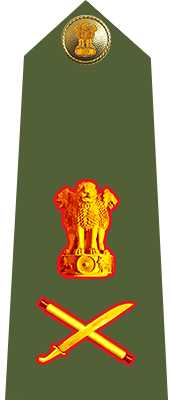
General Officer:

Field-Marshal:
